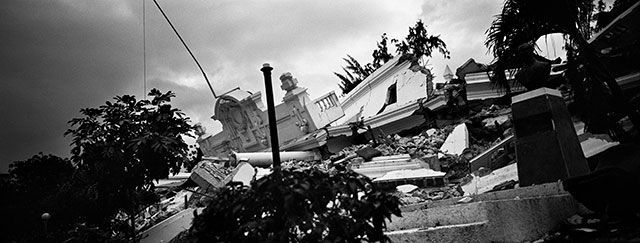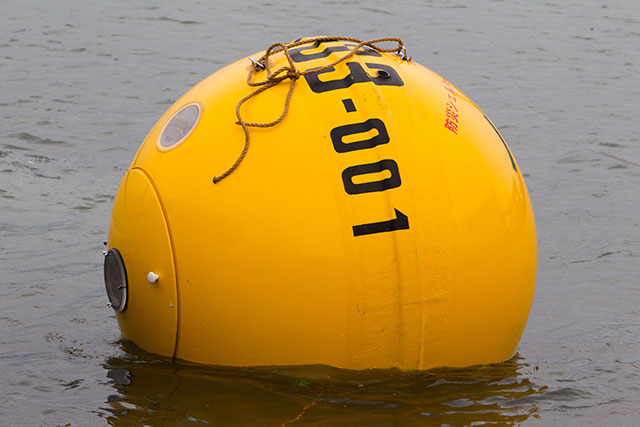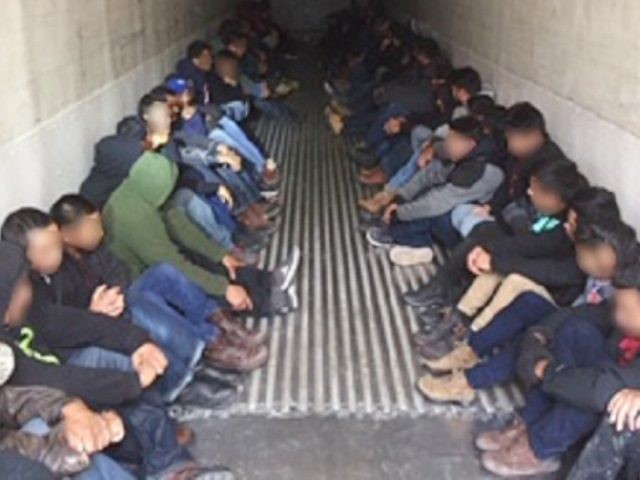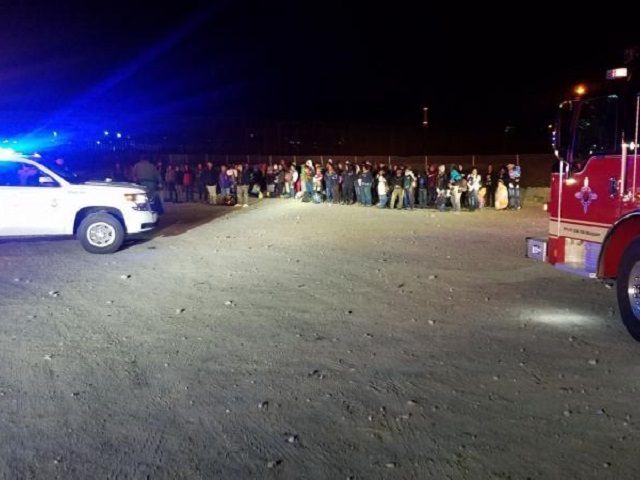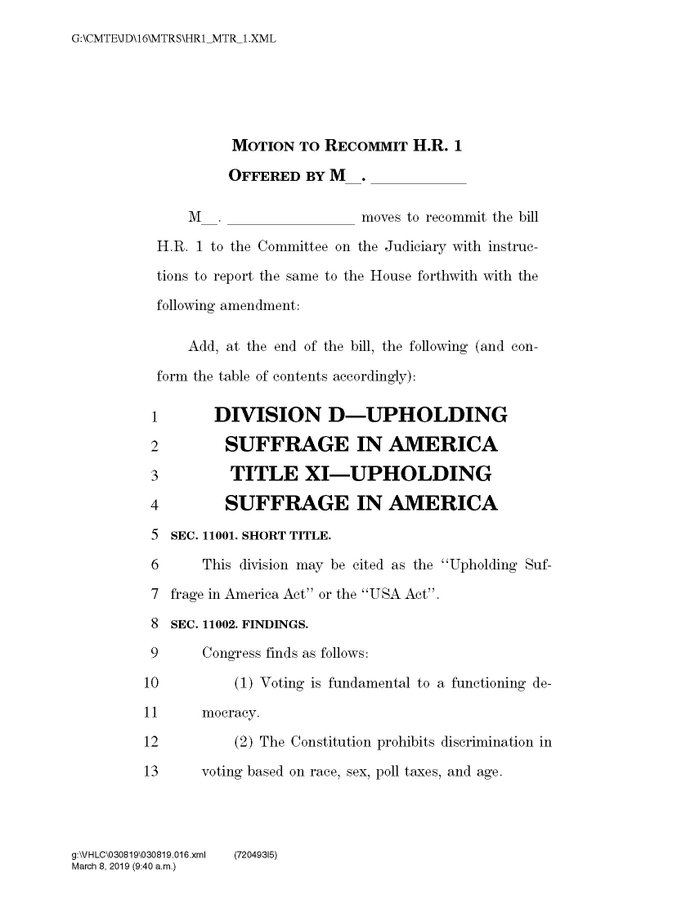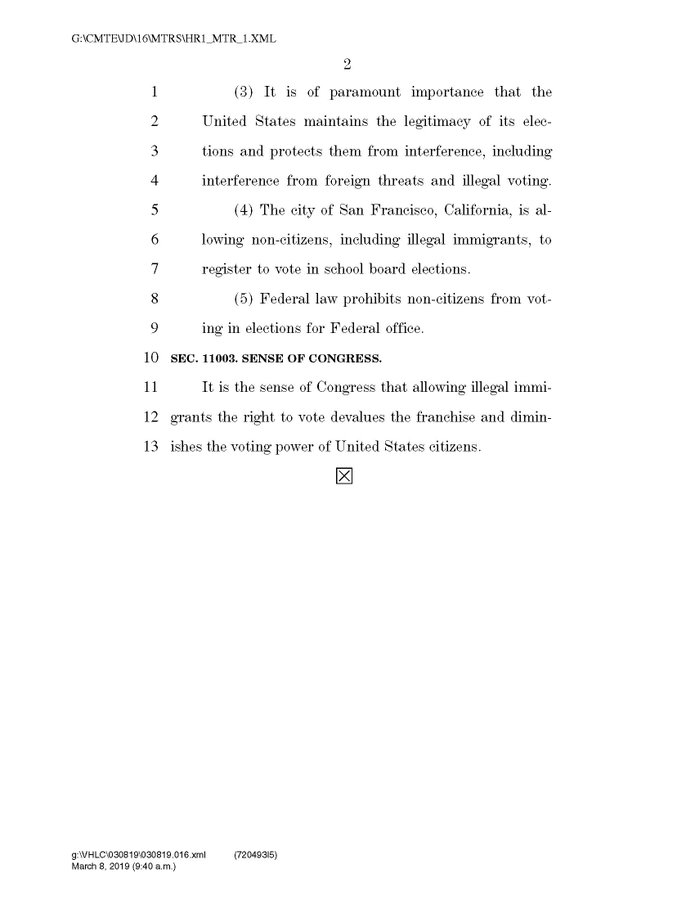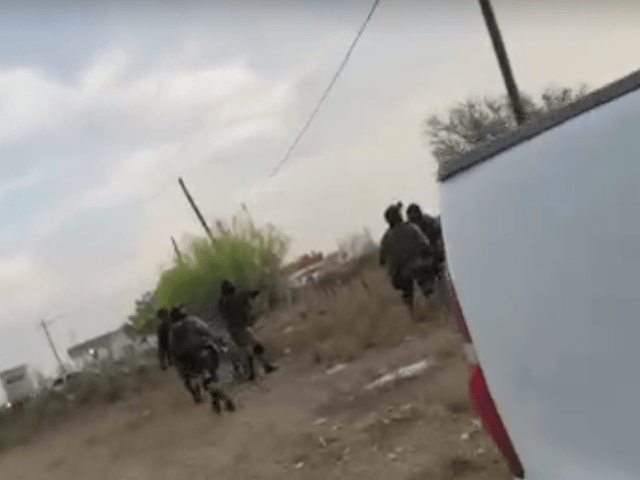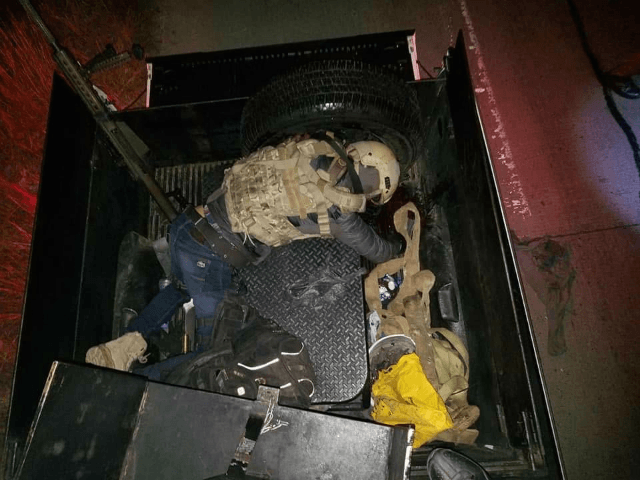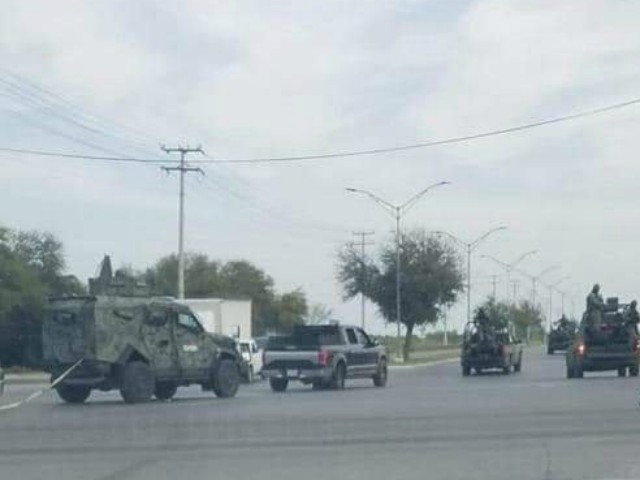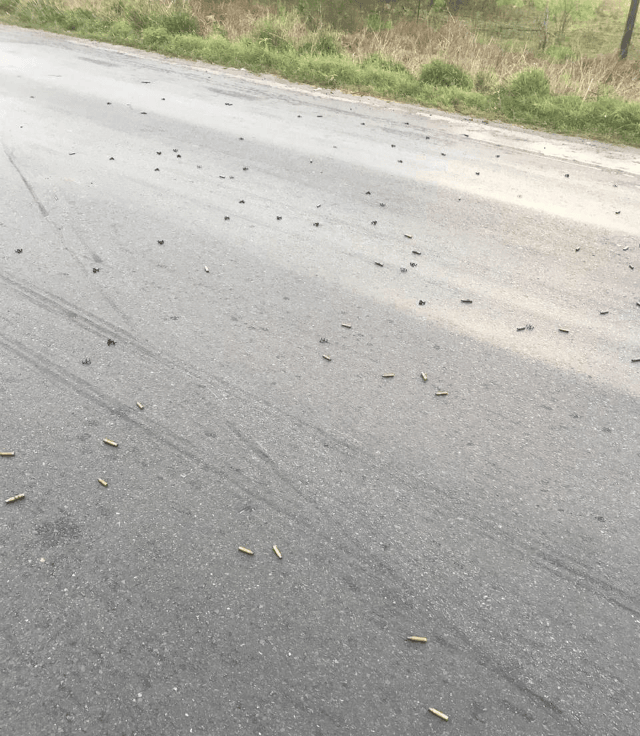CITY JOURNAL
https://www.city-journal.org/pacific-earthquakes?utm_source=City+Journal+Update&utm_campaign=51c4c80672-
Off the Richter Scale
Can the Pacific Northwest prepare for the cataclysmic quake that’s coming?Winter 2019
Public safety
Americans have long dreaded the “Big One,” a magnitude 8.0 earthquake along California’s San Andreas Fault that could one day kill thousands of people and cause billions of dollars in damage. The Big One, though, is a mere mini-me compared with the cataclysm forming beneath the Pacific Northwest.
Roughly 100 miles off the West Coast, running from Mendocino, California, to Canada’s Vancouver Island, lurks the Cascadia Subduction Zone, where the Juan de Fuca Plate is sliding beneath the North American Plate, creating the conditions for a megathrust quake 30 times stronger than the worst-case scenario along the notorious San Andreas, and 1,000 times stronger than the earthquake that killed 100,000 Haitians in 2010. Shockwaves will unleash more destructive force against the United States and Canada than anything short of nuclear war, a giant asteroid strike, or a civilization-threatening super-volcano.
We didn’t even know a megaquake was coming until recently. When I was a kid, growing up in the mid-Willamette Valley in Oregon, earthquakes were California’s problem. Everyone, including scientists, thought us immune. Seismic hazard maps shaded California red and Oregon green. Geologists knew about the Cascadia Subduction Zone, but they thought that the Pacific and Juan de Fuca Plates weren’t locked—that the subduction was smooth, as if the continent were greased with lubricant. University of Washington geologist Brian Atwater proved them wrong in the late 1980s. Oregon had recorded no earthquakes since American pioneers colonized the territory in the nineteenth century, and the native population had no written records, but the earth itself keeps copious records of geologic events, once one knows where to look. Atwater’s first clue was the “ghost forests” along the Oregon and Washington coasts, drowned by seawater, covered by sand and landslide debris, and then exposed by beach erosion. According to tree-ring dating, every one of those forests was buried in 1700. Something extraordinary happened that year. Sea levels can’t rise six or more feet in a year. The coastline itself must have plunged into the ocean. Later, beach erosion exposed yet another ghost forest, in the small town of Neskowin; this one was 2,000 years old.
Atwater then collaborated with Japanese seismologist Kenji Satake, who dug up long-forgotten reports in his own country of an “orphan tsunami”—a violent tidal inundation not preceded by a local earthquake—that also occurred in 1700. Scientists scrambled for core samples of the ocean floor just off the American coast and found turbidites—layers of tsunami debris—that date back millennia and, most recently, again, to 1700, revealing a cycle that repeats itself every 300 to 600 years. The Cascadia Subduction Zone is not quiet, after all: it triggers catastrophic megathrust quakes, on schedule. “A fault that ruptures with this big of an earthquake every few hundred years is ragingly active,” says Yumei Wang, a geotechnical engineer at the Oregon Department of Geology and Mineral Industries (DOGAMI).
A 9.0 megathrust quake is too powerful even to be measured on the now-dated Richter scale. Megathrust quakes are measured instead on the Moment scale. Like its predecessor, the scale is logarithmic. Every whole-number increase represents an energy release 32 times greater than the whole number before it. An 8.0 earthquake is therefore 32 times more powerful than a 7.0, and a 9.0 roughly 1,000 times more powerful.
Of the three West Coast states, Oregon is the most vulnerable. “We’re less prepared here,” says geologic-hazard analyst John Bauer, also at DOGAMI. “Washington has had more earthquakes recently, so they’re better prepared, and California, too, of course. We didn’t adopt a culture of preparation until the mid-1990s.” Portland is also closer to the subduction zone than Seattle or Vancouver, so it will experience more violent ground shaking. And the Oregon coast is considerably more populated than anywhere else in the tsunami’s path. “We’re not overdue,” Bauer says. “But we’re due.”
The megathrust quake could strike at any time. Not even the most hardcore adrenaline junkies will want to be anywhere near when it does. “It will be,” says Andrew Phelps, director of the Oregon Office of Emergency Management, “the worst natural disaster in American history.”
When it happens, the earth will slip by roughly 60 feet along a rupture zone more than 600 miles long, unzipping the sea floor at roughly two miles per second and convulsing the West Coast for as long as five minutes. Bridges will fall. Wet soil will liquefy. Brick and masonry buildings will shatter. Skyscrapers built before modern earthquake codes may topple. City centers in Portland, Seattle, and Vancouver will be buried beneath glass shards and rubble. Everything underground—water mains, natural gas pipes—will be crushed. Land that has bulged upward from tectonic pressure for the past 300 or so years will collapse to baseline, permanently altering the topography and plunging low-lying coastal areas into the ocean. The inland Cascade Mountains will knock the knees out from under the earthquake, but numerous landslides will occur, especially on roads built with a “cut and fill” method, where flat slabs get cut out of rock walls and smoothed over with soft fill. Just a few minutes after the quake finally stops, the second hammer blow will strike. Tsunami waves up to 50 feet high will rip the face of the coastal region clean off the map, pulverizing everything and killing everyone in their path.
It’s hard to say in advance how many will die. It depends on the time of year and the time of day. The Pacific Northwest as far north as British Columbia has a Mediterranean precipitation pattern, with warm, dry summers and cool, wet winters. An earthquake during the rainy season will result in a lot more liquefaction and landslides. Better for disaster to strike during the summer, then—except that thousands more tourists will be at the beach and get swept away by tsunamis. The ideal time would therefore be after Labor Day, when the beach is less crowded but before the autumn rains come, and better by far at 4 AM, when schools and downtown high-rises are empty and there’s little or no traffic on bridges. “Best case,” says geologic-hazard coordinator Althea Rizzo at the Oregon Office of Emergency Management, “is between 2,000 and 6,000 fatalities.” If the quake happens during the school year, she adds, fatalities could tally in the tens of thousands. “That’s just for Oregon. And that’s not factoring in the tsunami, which will kill even more people.” The United States could conceivably lose more people in an hour, in a single part of the country, than we lost over an entire decade in the Vietnam War.
“‘No community on the planet is adequately prepared for a major subduction zone earthquake.’”
Most studies predict tens of billions of dollars in damages, but “these numbers stop making sense at a certain point,” says Phelps. “They don’t mean anything to anybody. Where do we stop counting? What about the future economic earnings of those who are killed, for example?”
Even when it’s over, it won’t be over. “We’ll have aftershocks for decades afterward,” Rizzo notes, some of them producing smaller tsunamis, “and there will be constant ground rumbling for a month or two.” “We’re expecting tens of magnitude 7s, scores of magnitude 6s, and hundreds of magnitude 5s,” says Jay Wilson, resilience coordinator for Clackamas County in Oregon.
“No community on the planet is adequately prepared for a major subduction zone earthquake,” observes Dan Douthit, spokesman for the Portland Bureau of Emergency Management (PBEM). The Northwest, however, and especially Oregon, is nerve-rackingly further behind than it should be. Nothing built here before 1995—which includes the vast majority of all structures, including skyscrapers, bridges, and hospitals, as well as houses—was engineered to withstand it.
The PBEM, by contrast, was built to endure just about anything short of an air strike. Sited atop some of the firmest bedrock in the metropolitan area, it’s one of the most seismically sound structures in Oregon, designed to be up and running at once after virtually any conceivable catastrophe. The windows might not even break. Employees are equipped with satellite phones and a radio system that doesn’t rely on communication towers. They’ll be able to talk to the State of Oregon and to FEMA. Douthit gave me a brief tour. I felt a little better.
I felt better still when I visited the Oregon Office of Emergency Management in Salem, the capital. It, too, was built on seismically stable ground. And unlike the Portland office, the state building is a military installation, the agency a division of the Oregon Military Department. “We are not sitting on our heels and waiting for something to respond to,” explains Phelps, its director. “We assume we’ll experience a 9.2 earthquake on a really bad day when buildings, bridges, and the coast are packed with people. That’s what we’re preparing to respond to, and we assume it’s going to happen tomorrow.” Says Wilson: “Too many media people ask, are we there yet, are we done? There’s such a long arc of progress that we’ll never be done.”
The brick and masonry buildings are in the most danger. Portland has more than 1,600 of them. Vancouver, farthest from the subduction zone, has the fewest. City planners there, hemmed in between the Strait of Georgia and Canada’s Coast Range, razed a huge swath of the historic city center and replaced it with high-rise condominium towers, which, of course, present their own hazards.
Nearly every Main Street in every small town and urban neighborhood in the region consists mostly of brick and masonry buildings. They’re delightful to look at, and they contribute mightily to the cultural fabric, but they’re earthquake death traps. “The city is working on a plan to require all of them to be reinforced,” says PBEM’s Douthit. “We’re offering tax credits and setting up a loan fund and a 20-year requirement to finish so it can be financed with the least amount of pain possible.” Governments won’t pick up the tab; the buildings’ owners will have to do it themselves. “For every dollar we spend on mitigation,” says Phelps, “we save six dollars or more during recovery, in addition to the lives we’ll save.”
The buildings won’t survive, however, if they’re retrofitted just to the minimum standards. The codes require life safety only, not immediate post-quake occupancy. Anything built just to code will probably have to be replaced. Nobody I interviewed for this story thinks that’s acceptable. “We already expect buildings to be replaced every 50 to 60 years in the U.S.,” observes Phelps. “I think every building should be built to immediate occupancy standards because I don’t know which one I’ll be in when the earthquake hits, and I don’t trust that if a building won’t be suitable for immediate occupancy that it will really hold up after five minutes of shaking.”
The same goes for infrastructure. All three of the Northwest’s urban areas have dozens of bridges linking cities and suburbs, and Oregon and Washington are connected by several spanning the state line over the Columbia River. Some will collapse. Most of the rest will be damaged beyond repair. The few that might still work will have to be reinspected after every aftershock. “I’ve told the state legislature that there is a difference between the cost of a bridge and the value of a bridge,” says Wilson, “especially after the disaster has happened. We’ll have to replace it after it’s gone—in the middle of the crisis. A ‘we’ll fix it when it’s broken’ attitude will just set us back.”
One upside: most houses in the Pacific Northwest were built with wood frames (this is a timber-producing region, after all), and wood houses, which are flexible, fare better than brittle brick structures in an earthquake—and better during megathrust events than in typical earthquakes. “The California-style high-frequency vibration quakes are really hard on homes,” Wilson explains. “During the long frequency quake we’re expecting here, the joists and connections should be able to handle it a bit better.”
The extensive amount of vulnerable physical infrastructure isn’t the region’s biggest weakness. The real soft spot is the lack of individual preparedness. Only a tiny percentage of families will be able to fend for themselves for as long as they’ll need to. “I feel like Cassandra,” says Rizzo, referring to the daughter of King Priam in Greek mythology, cursed to prophesize catastrophes that no one believed. “And the thing is, Cassandra was right.”
Local governments can’t possibly stockpile enough food to feed millions during a disaster; they aren’t, in fact, stockpiling anything. People will have to feed themselves until FEMA arrives, and the agency won’t be on the scene in a day, or even a week. Not a single road will be passable. An entire region 100 miles wide and 600 miles long will be ravaged. Many Americans have bemoaned the federal government’s response to Hurricane Maria on Puerto Rico, but we’ll have hundreds of de facto islands in the Pacific Northwest. Small towns will be cut off, especially in the coastal regions, battered by tsunamis and separated from major population centers by mountain ranges. So the states are partnering with the U.S. military to provide rotary-wing aid drops from Chinooks and Blackhawks onto track fields at schools and similar locations.
Local governments once told everyone to have at least three days’ worth of food on hand that can be prepared without gas or electricity. They have since raised the bar to two weeks. Is that enough? “I don’t trust the federal government to feed me on Day 15,” I say to Phelps. “I don’t either,” he replies. “I openly share your skepticism,” says Jeremy Van Keuren, community resilience manager at PBEM, “but we don’t want to scare people.” It’s hard to encourage citizens to be resilient if they find the prospect too overwhelming. “And the quality of aid we expect to receive at the end of that theoretical two weeks is questionable.” At least it takes four weeks to starve to death.
There’s only so much that state governments by themselves will be able to do, so they’re partnering with both the federal government and the private sector. “The state isn’t good at moving critical resources around the country,” says Phelps. “It’s not what we do. You know who is good at it? Amazon and Walmart. So we’re including them in our response and will do everything we can to get them back up and running again, hopefully after Amazon’s drone army is in place.”
We aren’t all unprepared. Some of us will be able to help not only ourselves but also our neighbors. Van Keuren heads up Portland NET, a network of civilian volunteers trained, among other things, to rescue people during and after disasters. As former FEMA director Craig Fugate put it after Hurricane Katrina, “you had more rescues of neighbors helping neighbors that went unreported, because in reality in most big disasters that’s who’s going to get to you first.” It’s comforting to know that we can rely on our neighbors to help us, but many who aren’t trained end up injuring or killing themselves.
Changing that reality is a big part of Van Keuren’s job. His volunteers are trained in search and rescue, small fire suppression, medical triage, medical treatment in an acute disaster, radio communication, team organization, disaster psychology, and HAZMAT awareness. They hold field exercises at Scenario Village, the same scale-model urban simulator used by police officers and firefighters. “I like to put them into situations where they’ll screw up,” he says. “It’s a great learning experience.”
Van Keuren’s program is modeled on the Community Emergency Response Team (CERT) program developed in Los Angeles after the 1985 Mexico City quake. “If you have a community in rural Oklahoma hit by a tornado,” he says, “the volunteers can render aid until the proverbial cavalry arrives. After a Cascadia Subduction Zone earthquake, the cavalry won’t show up for weeks. So my volunteers need to know more than simply first aid. They need to know wilderness first aid.” Not just rural areas and small towns but three urban areas, home to millions of people across an international boundary, will be more cut off from the civilized world than even the wilderness areas. They’ll be Walking Deadlandscapes, minus the zombies.
There’s only one sure way to survive a tsunami: don’t be there. Run as fast as you can to high ground. Oregon, again, is the most vulnerable. Canada’s Pacific coastline is almost entirely undeveloped, as wild and remote as Alaska’s. Much of Washington’s is likewise underpopulated, sometimes with long distances between settlements. The entire Oregon coast, by contrast, is a tourist attraction, studded with one small town and city after another for its entire length. An extraordinary number of people will be vulnerable to a tsunami, especially if it strikes on a summer weekend.
The West Coast has plenty of high ground, but not everywhere. “Seaside,” Phelps points out, “is the scariest place on the Oregon coast.” You emphatically do not want to be in that city during a megathrust quake. The city center is on a long, narrow peninsula, completely cut off from the mainland by the Necanicum River. You can’t get to high ground without crossing it, and every bridge that spans it will be destroyed. If you can manage to swim across—avoiding dangerous debris all the way—you’ll need to run a mile through rubble to reach the hills east of the city. You might have ten minutes; a fit person needs eight to run that far on a track.
Washington’s Long Beach Peninsula is even more vulnerable. It’s 28 miles long and home to several resort towns, and no high ground exists anywhere on it, aside from Cape Disappointment, at its southern tip. Communities there have faced a terrible dilemma for decades: abandon the peninsula or accept annihilation when a tsunami occurs.
Seattle-based civil engineer Rian Johnson recently came up with a much better option: armored mini-mountains. He drew up plans for vertical evacuation routes atop artificial triangular hills, taller than anything else in the area and shaped like ship prows to redirect roaring water around them. They’re just an idea, so far, but they could work. If the mini-mountains get built, they’ll be the first of their kind on this continent.
Tsunami pods, another safety possibility, are now available, manufactured by Survival Capsule, a company based in suburban Seattle. Made with aircraft-grade aluminum, they’re watertight and supposedly strong enough to withstand just about anything that nature can hurl at them. They come with flares and personal-locator beacons that go out on marine-band radio. A two-person capsule is spacious enough for weeks’ worth of supplies, weighs in at 300 pounds, and costs $13,500. A user should put on a helmet and strap himself in, because he’ll be in for the roughest ride of his life. “It makes people uncomfortable to think about dying,” Survival Capsule’s first-ever customer, Jeanne Johnson, said to Portland’s KOIN 6 News. “I don’t think about dying anymore. I think about having to get in here and lock the door.”
Meantime, many of the region’s coastal cities have installed air-raid sirens to warn of incoming orphan tsunamis, triggered by earthquakes too far away to be felt. The sirens are regularly tested. The loud sound would be dread-inducing, so when Cannon Beach, Oregon, tests the system, it uses the sound of cows mooingto keep everyone calm and to indicate that it’s only a test. Every coastal hotel and motel room includes tsunami-evacuation maps.
Neither homeowner’s insurance nor earthquake insurance covers tsunami damage. Only the federally guaranteed National Flood Insurance Program covers such damage, and that maxes out at $250,000 for a structure and $100,000 for its contents. If your house was three feet above the high-tide line and ends up joining the old “ghost forests” three feet below after the bulging North American Plate sinks into the ocean, your property will cease to exist. No one will bail you out. Yet there’s no prohibition against new construction in the inundation zone, and people still build. (Insuring your home against earthquake damage remains surprisingly cheap: just $200–$300 a year. The deductibles are high, however—tens of thousands of dollars, in most cases.)
The Pacific Northwest is going to get knocked back 100 years,” Phelps says, but things could be even worse post-quake, post-tsunami. When my own Victorian house was built, there was no indoor plumbing and no electricity, but you could traverse the roads and buy things at stores, and the railroads and seaports remained operational. No one had to depend on government aid from the sky just to survive.
We won’t need 100 years to dig out of a megathrust-caused disaster, but the extent of the crisis will be so overwhelming that other countries will swoop in to help. Australians, Canadians, and New Zealanders already come here every year to help fight wildfires, so they’ll be available. (Well, maybe not the Canadians: they’ll have their own catastrophe in British Columbia to contend with.) “The Israelis will be here, too,” Phelps says. The Israelis regularly mobilize after humanitarian disasters, though they rarely get any credit for it. They were the first aid workers to arrive in Haiti after the 2010 earthquake, for example. “Our focus for the first two weeks,” says Phelps, “is delivering food, water, and medical supplies, and evacuating people who need serious medical help.” Evacuate them where? “Denver and Houston. Wherever they need to go.”
The cities will be studded with BEACONs—Basic Earthquake Communication Nodes, a primitive network that will be the start of recovery efforts. There’s one within a 25-minute walk from every location, and they should be activated within a day or two of the disaster and outfitted with tents, radios, and first-aid equipment. In theory, access to clean water should return fairly quickly, though it won’t come out of the tap for more than a year. We’ll have to walk (or, eventually, drive) to a distribution center to get it. Electricity should come back online within a few months, but indoor plumbing and sewer systems will take more than a year to get running, major highways will remain disrupted for a year and a half, and restoring health-care facilities could take up to three years. Initial repairs to the electrical grid will entail workarounds. Utility companies will patch things temporarily to get the service in. As for water, aboveground pipes will be working before the broken underground pipes are replaced. All this work will be conducted, initially, in an enormous field of rubble. “When I was in Japan three months after the T¯ohoku earthquake and tsunami in 2011,” observes Wilson, “they didn’t just have mountains of debris. They had mountain ranges. They had football fields of cars three on top of each other. Every one of those cars was a biohazard. It still gives me nightmares.”
Since then, the Japanese have taken extraordinary steps to protect themselves. Some coastal communities have been relocated to higher ground, but there isn’t enough high ground in the country to accommodate everyone, so the government is raising the height of the seawalls and the coastal plains themselves with material excavated from mountains. Americans would almost surely never do these kinds of things; we’re lucky enough, on an uncrowded, sprawling continent, not to have to.
Our own trajectory will more likely resemble that of Christchurch, New Zealand, knocked low by a catastrophic quake in 2011. All of downtown shut down for more than two years, and some of it remains closed today. Parts of the city have been abandoned forever; residential areas prone to liquefaction are returning to greenspace. Thousands of residents had to rebuild somewhere else. “After recovery, we will live in a different community,” says Douthit.
It’s hard to see it from here, and it will be nearly impossible to believe it during the immediate aftermath, but the Pacific region of the United States and Canada could even emerge, Phoenix-like, bigger and better and stronger than before—not just a repaired community more resilient to natural disasters, but in many ways a brand-new one, reforged from the ground up and more cutting-edge than it already is. “The new Pacific Northwest is going to be a showcase for what ingenuity can look like,” avers Phelps. He points to Greensburg, Kansas, a small town of 1,500, completely destroyed by an F5 tornado in 2007. Greensburg had to restart from zero, so its residents figured that they might as well do it right. Today, they have more LEED-certified (Leadership in Energy and Environmental Design) houses and buildings per capita than any other place in the world. And that’s a small, provincial town in “flyover country,” thousands of miles from anywhere that anyone would think of as advanced.
After annihilation, then, rebirth? Or, as Ernest Hemingway put it in A Farewell to Arms: “The world breaks everyone and afterward, many are strong at the broken places.”
